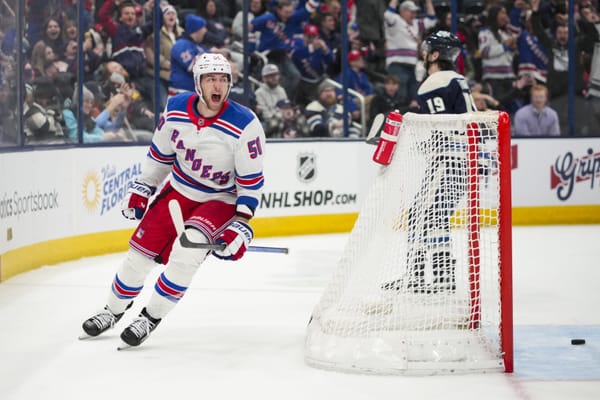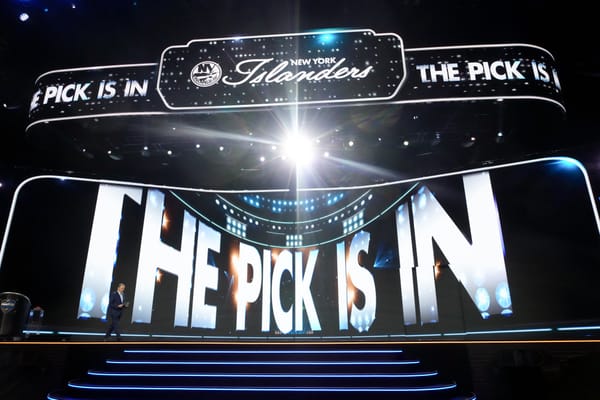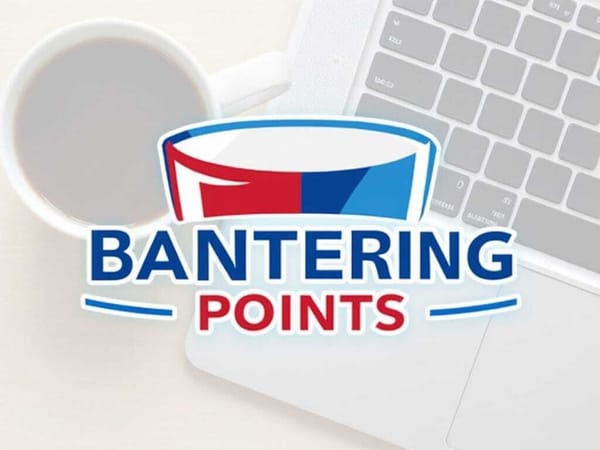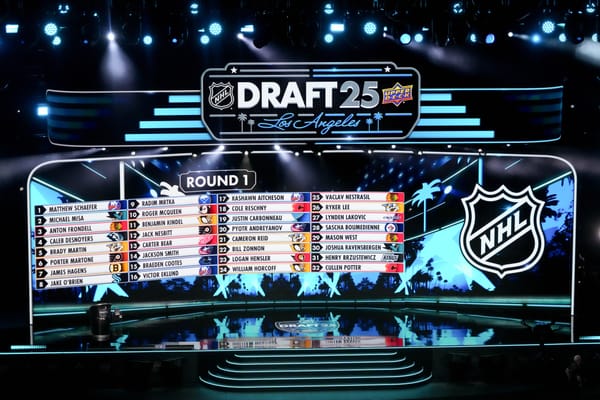Fixing The Rangers’ Hartford Problem
In order for the Rangers to building a winning team, they need to fix the issues with their AHL club
When looking to rebuild from the ground up, there are two things that team needs to prioritize over any other: drafting and development.
Losing games and trading assets for draft picks increases the chance of teams taking top talent at the draft. A team with a savvy scouting department also uses their later picks to find the diamonds in the rough that ideally can compliment the game-changers they select with their higher picks.
Drafting, in a way, is the easy part. Identifying and selecting the players a team believes will give them the best chance to win down the line is the start of everything. The harder part comes later: developing the talent.
There are many ways to develop talent for NHL teams and there’s no one surefire answer since every player and team is different. That being said, there is a readily available development system that most, if not all, NHL teams use to develop their young players and get them accustomed to life as a professional hockey player. Of course, I’m talking about the AHL, the NHL’s primary developmental league that has been in operation for decades now and has a longstanding relationship with the NHL.
Like I said, there are many ways to develop a player; letting them marinate in the CHL, NCAA, KHL, or any of the European leagues for a year or two after getting drafted is one way. Sometimes a team drafts a kid they feel can plug into their lineup right away, so they skip the minor leagues and bring them right along to the NHL; developing by gradually giving them more ice time and responsibilities at the top level. For everyone else though, there’s the AHL, readily available to develop the next crop of NHLers.
For any rebuilding team, the AHL is the perfect incubator for their next generation of talent. Their AHL affiliate is, more or less, close by and the team can consistently check in with their affiliate to get regular updates on their prospects as well as establish a consistent culture and style of play so there's less of an adjustment period once a player is deemed ready to come up to the NHL. The AHL also allows younger players to play against a of level competition that is ahead than their junior or college experience, while at the same time not throwing them into the fires of NHL play. It’s also the perfect spot for European prospects get accustomed to playing on North American ice surfaces while also adjusting to life away from home.
With the Rangers now in the midst of their first real rebuild in years, there is going to be a greater focus on how the Rangers both draft and develop their influx of young talent. Part of that focus has to be on the progress of the Hartford Wolf Pack. The problem is, Hartford is a problem.
Earlier this season, Adam shined a light on the Rangers Wolf Pack’s issues. While there’s a myriad of problems and solutions, it’s not like there aren’t two glaring examples of how to properly utilize your AHL affiliate that can inspire the Rangers’ organization. They just have to look to the top of the Eastern Conference standings for the blueprints.
The Tampa Bay Lightning are throttling the NHL right now. If there’s any team that the Rangers should be using as a blueprint, it’s them — not just for roster construction. Tampa Bay is the shining example of a team utilizing their AHL affiliate effectively. Look up and down Tampa’s lineup and you’ll find players who regularly impact the Lightning lineup that also spent a significant amount of time playing for the Syracuse Crunch, the Bolts’ AHL team.
Yanni Gourde, Cedric Paquette, Ondrej Palat, Tyler Johnson, and Alex Killorn all spent at least one or two seasons in the AHL; even Nikita Kucherov saw some time there acclimating to the Tampa style before becoming a breaker of worlds. In fact, Lightning head coach Jon Cooper spent three seasons in the AHL, all with Tampa’s affiliates. All of this is to say that the Lightning would not be who they are today if it weren’t for a heavy investment in Syracuse, not just in terms of raw money but in terms of utilizing the team as the development system it’s supposed to be.
The lesson for the Rangers here is that a concentrated effort in making the Wolf Pack a talent pipeline, instead of a talent and development dead end, should be paramount.
The next lesson for the Blueshirts comes from another team in the Atlantic that wears Blue and White, the Toronto Maple Leafs.
Much like Tampa, the Maple Leafs owe a lot of the depth of their roster to their affiliate the Marlies. Andreas Johnsson, Kasperi Kapanen, Travis Dermott, Jake Gardiner, and even William Nylander all played with the Marlies before making the big show.
Unlike the Lightning, the lessons I want the Rangers to pull from Toronto are twofold; The first lesson: spend, spend, and spend. Not just on players but on the team itself. Adam pointed it out in February, but it is embarrassing that a team as rich as the Rangers refuses to pump any of that money into their development system the way that the Leafs have.
The second lesson is that the AHL isn’t just a development spot for players or coaches, but front offices as well. The Leafs’ current general manager Kyle Dubas learned how to manage a team from the ground up with the Marlies, while also serving as the assistant general manager of the big club. The benefits here should be obvious — it allows the entire organization to be on the same page, not just on the ice or in the locker room, but also in the front offices. It puts everyone on the same page in terms of team philosophy and style.
If the Rangers really want to build a quality, consistent, and sustainable Stanley Cup contender, they need to start that process by building a quality, consistent, and sustainable Calder Cup contender up I-95. The blueprint to success is there, it’s just up to the Rangers to see it and actually care enough to implement it.




